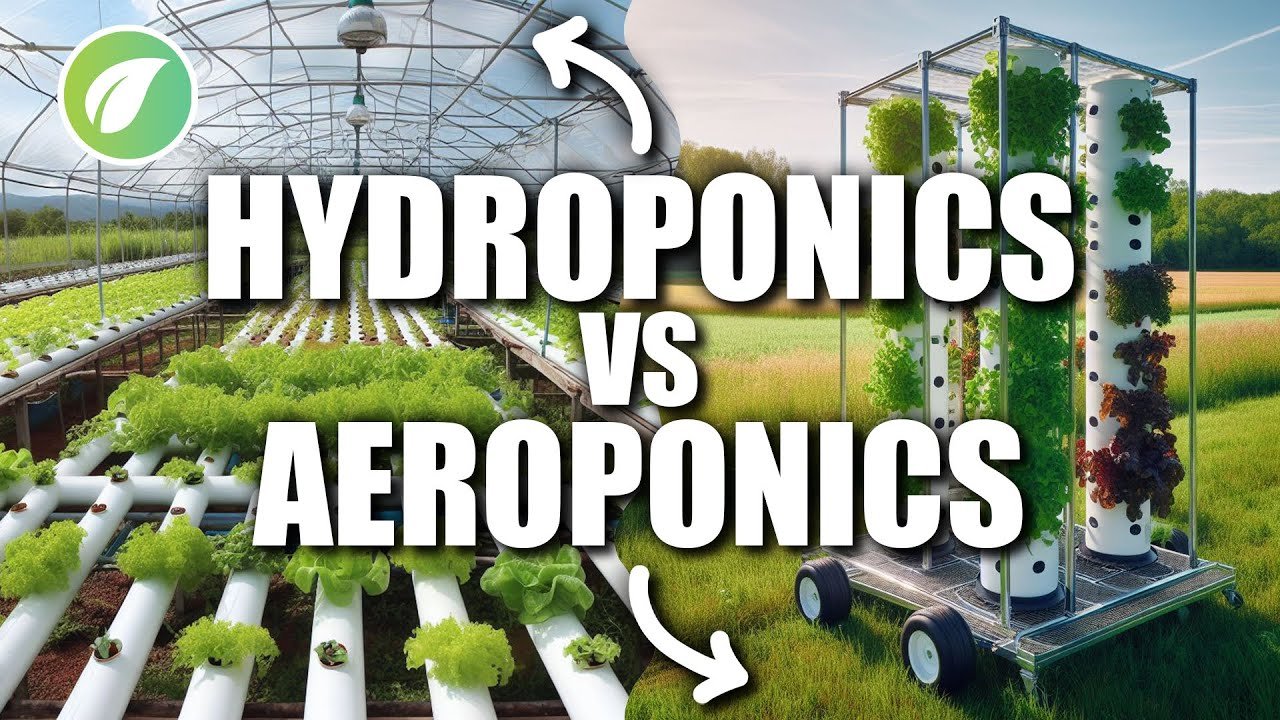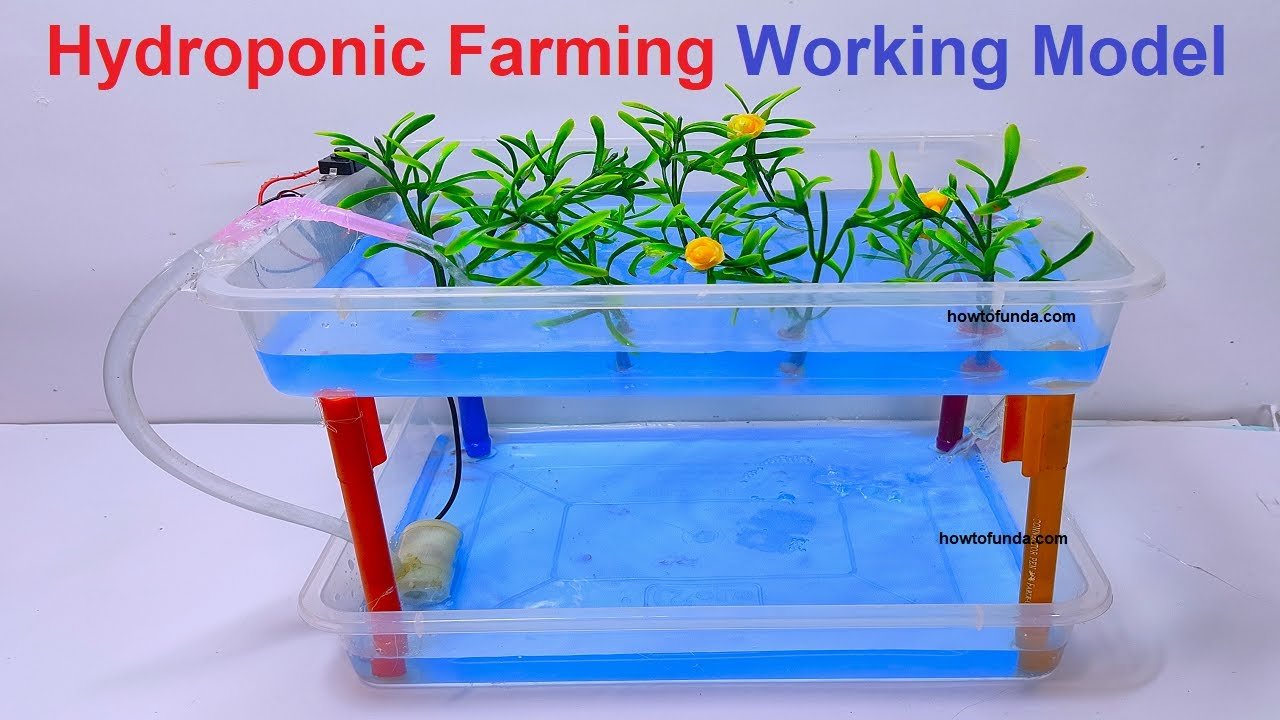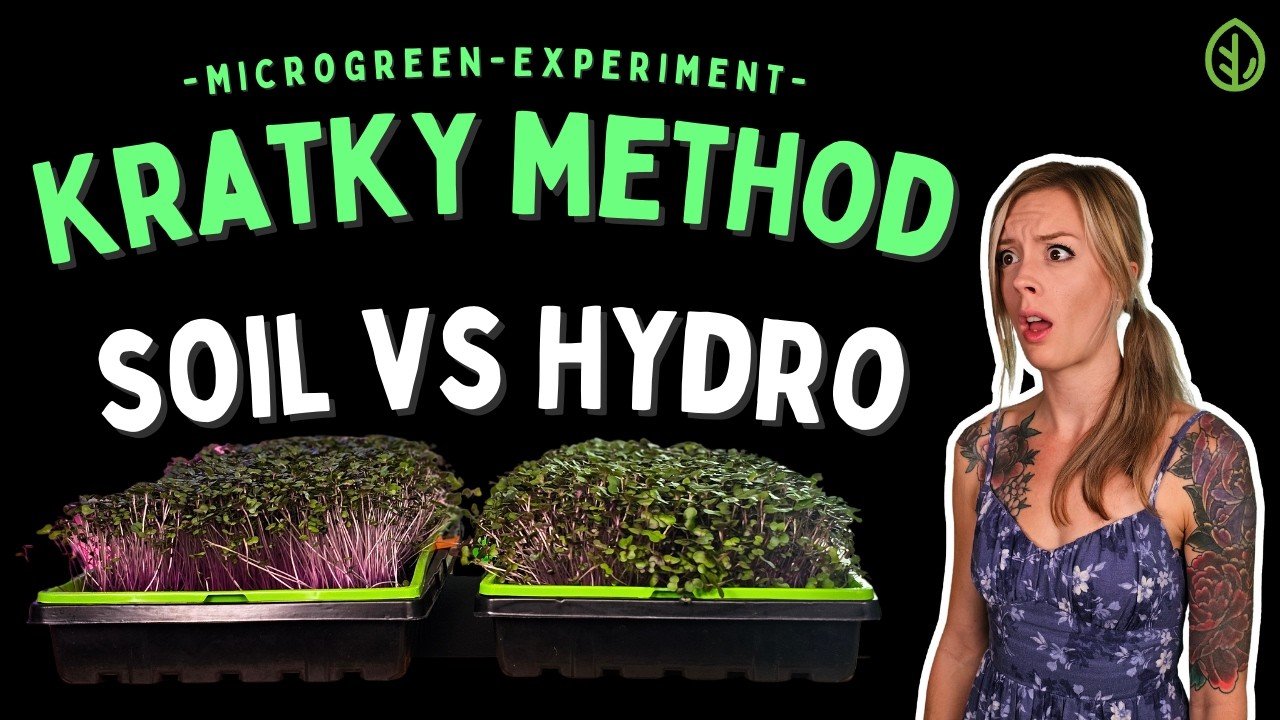The Ups and Downs of My Hydroponic PVC Adventure
It might seem odd to say this, but sometimes the best ideas emerge from a moment of desperation. I found myself in that peculiar spot one spring afternoon, with snow still melting in the corners of my yard and the itch to grow something, anything, hitting me harder than the stubborn winter chill. I had just set my sights on building a hydroponic system with PVC pipes. I’d heard about it being a great way to grow veggies without all that dirt—perfect for my small-town patio that barely gets sunlight. Little did I know the chaos that awaited me.
The Not-So-Great Start
Flashback to the day I thought I was a DIY genius: I lugged home a bunch of PVC pipes from the local hardware store, feeling a touch like a mad scientist with plans swirling in my head. I remember that sun-dappled afternoon, tools scattered on my driveway. I had my trusty saw, a measuring tape, and a mindset ready to conquer this uncharted territory.
But here’s the kicker—I’d only seen videos. There I was, watching YouTube on my phone, feeling confident that I’d figured it all out. I was floating high on the ego of “how hard can it really be?” Spoiler alert: it can be pretty hard.
I cut the pipes into sections, and I think I even patted myself on the back for my precision work (oh, the hubris!). But when I glued those pieces together, I realized that while my plan seemed brilliant, I hadn’t thought through the flow of water. That first surge of water sent everything tumbling. Debris! I saw little bits of glue floating around like strange confetti in the water.
The Fish–A Shocking Choice
While the system was taking shape, I decided to add fish into the mix for that aquaponics magic folks always talked about. After a bit of back and forth, I opted for tilapia. They seemed forgiving, and I had dreams of fresh fish tacos dancing in my head. My cousin laughed, reminding me they’re not exactly the hardiest breed. “Just make sure they don’t get too hot or too cold,” he warned, but I shrugged it off. A full summer in small-town Missouri? How hot could it possibly get?
The pet store was closer than I thought, so off I went to grab a dozen fingerlings. They were so small, swimming in delight, unaware of the chaos that lay ahead. I set up my plastic tub filled with water to receive them with grand ideas of a sustainable paradise.
Troubles Come Knockin’
Fast forward a couple of weeks, and I had my beautiful, albeit a bit wobbly, hydroponic system set up. I’m talking lettuce, basil, and more, all thriving as if they were part of a botanical fairy tale. Then reality struck. Well, reality and a foul smell.
You see, the day the water started to turn green was not my proudest moment. I had tried to befriend my fish, but instead, what greeted me was an algae bloom of epic proportions. It was like someone dumped a bucket of green slime in my makeshift fish pond. That smell? Trust me, if you’ve never experienced rotting fish mixed with stagnant water, count yourself lucky.
I really thought about throwing in the towel at this point. I watched videos on algae, read articles, and even consulted my neighbor who fancied himself a “green thumb.” Turns out, you can’t just ignore your water quality. I hadn’t checked anything—no pH levels, no filtration. It was a bit like seeing your favorite recipe turn into a disaster on a cooking show gone wrong.
A Light at the End of the Tunnel
But here’s where the fun part began. Instead of shutting the whole thing down, I rolled up my sleeves. I scavenged my shed for an old aquarium pump that sat gathering dust after my failed fishy-venture the previous year. I adjusted the PVC tubing, cleaned the hell out of my water, and, lo and behold, things started to clear up!
As weeks turned to months, I found myself having little battles with pests—tiny aphids that loved my basil as much as I did. I never imagined I’d be standing over my patio, hosing down a DIY pest solution like a frazzled farmer trying to save his crops. ‘Tis the life of an amateur hydroponic gardener, I guess.
And as for the fish? I learned quickly that I might have bitten off a bit more than I could chew. After some initial losses that still frustrate me (RIP Charlie and Finn), I adapted. Finally, I recognized the learning curve was more about figuring out my own pace, and less about sticking to the plan.
The Takeaway
So there you have it—a chaotic tale of ambition, mistakes, and messy learning experiences. But in the end, something beautiful did bloom amidst the madness. Fresh herbs graced my meals, and I learned the value of persistence. If there’s one thing I want to share with anyone contemplating this adventure, it’s this: Don’t worry about getting everything right the first time. Grassroots gardening, or should I say, PVC gardening, is all about experimenting and growing—much like the plants you’re nurturing.
So why not jump into it? Build a weird hydroponic system in your side yard. You might just surprise yourself, smell some strange fish odors, and enjoy every weird hit of it along the way. If you’re ready to start your journey, join the next session of our DIY Hydroponics Workshop! Embrace the chaos with me; I assure you it’ll be worth every hilarious headache.







Leave a Reply